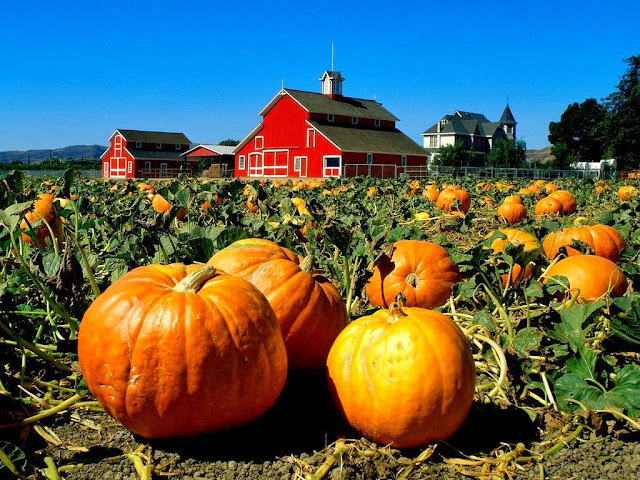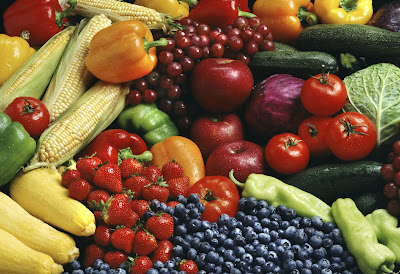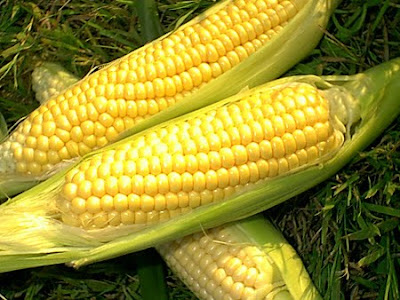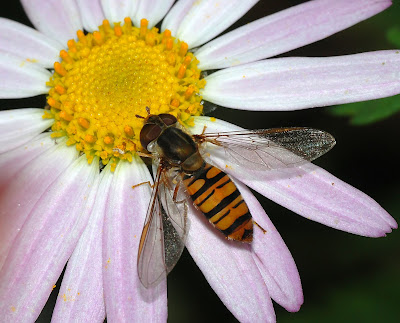 |
| Seed bearing plants for attracting wild finches |
When bird populations are artificially increased because of their reliance on humans for the majority of their food, problems can occur when we take holidays, or move away from the area.
In some cases this can cause starvation and even death particularly in young birds as the parents find it impossible to find food in large enough quantities to maintain their larger broods.
It is clearly better practice to grow a variety of foods that can support finch population naturally through the key periods of the year.
Below is a list of plants that help with this.
In some cases this can cause starvation and even death particularly in young birds as the parents find it impossible to find food in large enough quantities to maintain their larger broods.
It is clearly better practice to grow a variety of foods that can support finch population naturally through the key periods of the year.
Below is a list of plants that help with this.
Michaelmas daisy - Aster novi-belgii – also very popular with bees and butterflies.
Milk thistle - Silybum marianum – particularly good for attracting goldfinches.
Sunflower - Helianthus annuus – an obvious choice but also good for attracting honey bees, bumblebees and aphid eating hoverflies.
Tickseed - Bidens ferulifolia – not only good for attracting; linnets, greenfinches, redpolls and goldfinches, but also for bees.
Goldenrod - Solidago – also good for attracting bees, butterflies and moths.
Greater knapweed - Centaurea scabiosa – also good for attracting bees, bumblebees and
Teasel – popular with gold finches they are also good for attracting bees and butterflies.
Artichoke – popular with goldfinches and also good for attracting bees and butterflies.
 Flowering grasses such as millet, Pennisetum, Miscanthus, and Cortaderia – pampas grass – depending on the size of your garden you may prefer the dwarf varieties. Try to keep to species plants rather than cultivated varieties as these will generally ‘seed’ better.
Flowering grasses such as millet, Pennisetum, Miscanthus, and Cortaderia – pampas grass – depending on the size of your garden you may prefer the dwarf varieties. Try to keep to species plants rather than cultivated varieties as these will generally ‘seed’ better.
Milk thistle - Silybum marianum – particularly good for attracting goldfinches.
Sunflower - Helianthus annuus – an obvious choice but also good for attracting honey bees, bumblebees and aphid eating hoverflies.
Tickseed - Bidens ferulifolia – not only good for attracting; linnets, greenfinches, redpolls and goldfinches, but also for bees.
Goldenrod - Solidago – also good for attracting bees, butterflies and moths.
Greater knapweed - Centaurea scabiosa – also good for attracting bees, bumblebees and
Teasel – popular with gold finches they are also good for attracting bees and butterflies.
Artichoke – popular with goldfinches and also good for attracting bees and butterflies.
 Flowering grasses such as millet, Pennisetum, Miscanthus, and Cortaderia – pampas grass – depending on the size of your garden you may prefer the dwarf varieties. Try to keep to species plants rather than cultivated varieties as these will generally ‘seed’ better.
Flowering grasses such as millet, Pennisetum, Miscanthus, and Cortaderia – pampas grass – depending on the size of your garden you may prefer the dwarf varieties. Try to keep to species plants rather than cultivated varieties as these will generally ‘seed’ better.Even though we associate finches as just being ‘seed eaters’ they will eat a wide variety of foods including insects, berries and seasonal fruits. The RSPB recommend such plants as Cotoneaster, Berberis species, wild honeysuckle – Lonicera periclymenum and Pyracantha but consider growing cherries, apricots, blackberries, outdoor grapes, nectarines, peach, pear, strawberries and raspberries. Introducing these fruits along with the seeds on the seed tables will encourage finches to recognise them from their respective trees and bushes - although your neighbouring gardeners may not thank you for doing this!
You can always be a bit cheeky and try germinating the various seeds found within shop bought packet of Wild Finch food - but you will need to start this approximately 6 weeks before the last frosts are expected as many of these seedling will be either annuals or tender varieties.
For related articles click onto the following links:
BBC NATURE: UK garden bird feeding guide
HOW TO CHOOSE PLANTS FOR HOT, DRY BORDERS
HOW TO CARE FOR INSECT EATING BIRDS OVER WINTER
HOW TO GROW BERBERIS FROM CUTTINGS
HOW TO GROW PYRACANTHA 'Mohave'
INSECT EATING BIRDS
WHAT IS TEASEL?
For related articles click onto the following links:
BBC NATURE: UK garden bird feeding guide
HOW TO CHOOSE PLANTS FOR HOT, DRY BORDERS
HOW TO CARE FOR INSECT EATING BIRDS OVER WINTER
HOW TO GROW BERBERIS FROM CUTTINGS
HOW TO GROW PYRACANTHA 'Mohave'
INSECT EATING BIRDS









































